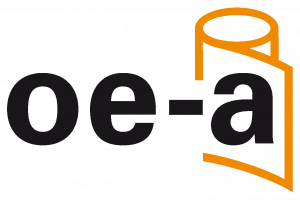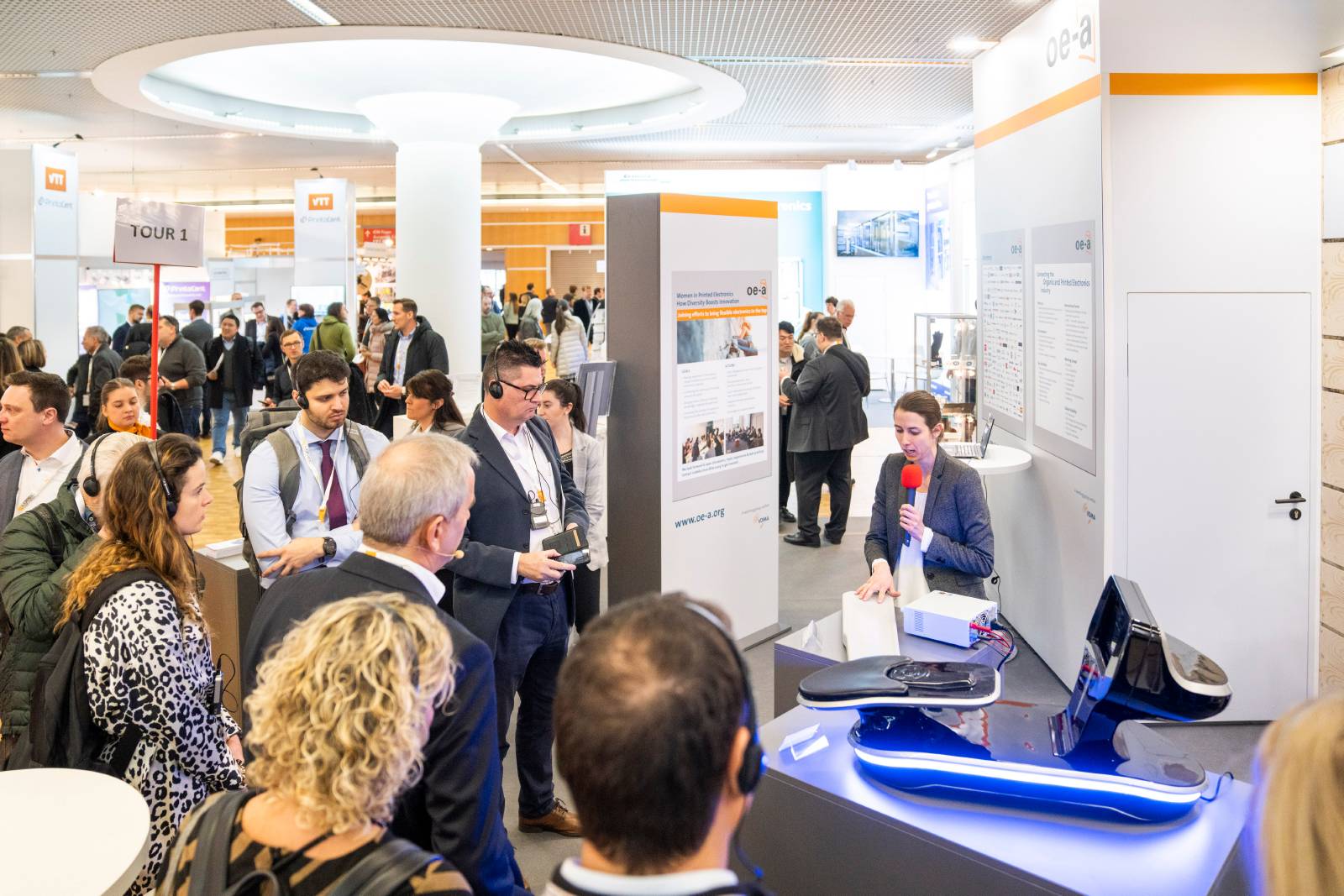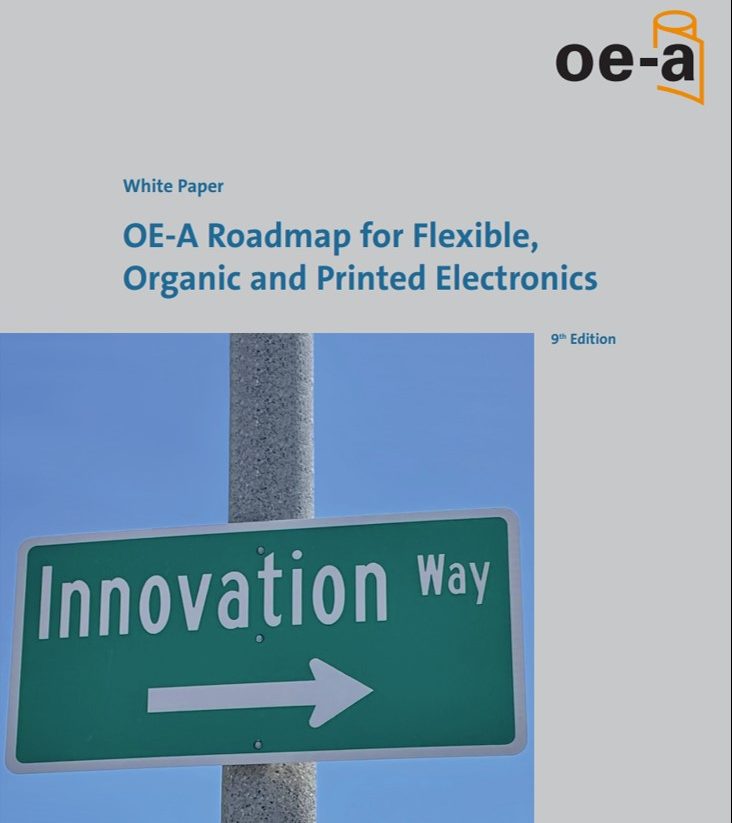Fitness trackers, smart pharmaceutical packaging, adhesive solar films or steplessly dimmable windows: These are just a few examples of the applications that will be combined under the new focus topic Smart Living. LOPEC, the International Exhibition and Conference for the Printed Electronics Industry, will thereby demonstrate the innovative opportunities that printed electronics offers to a wide variety of industries. The next LOPEC will take place from March 24 to 26, 2020.
“With Smart Living, we are showing the remarkable range of products and applications of printed electronics that make our everyday lives simpler, smarter and more environmentally friendly,” says Barbara Ismaier, LOPEC Exhibition Director at Messe München. The new focus topic covers developments from the fields of medicine, pharmaceuticals, sports and environment. For example, wearables, sensors, smart packaging, organic photovoltaics (OPV) as well as applications in the area of intelligent housing technology (smart home).
New perspectives for the construction industry of tomorrow
Printed electronics is increasingly opening up new possibilities in building technology and architecture. “The buildings of tomorrow will become smart thanks to the increasing integration of electronics. Printed sensors are thin, energy self-sufficient and can be invisibly integrated. In buildings, for example, these sensors measure room temperature, humidity and air quality or even detect dangerous gases. They can therefore be used for a better and more economical control of the indoor climate and help to increase safety,” explains Dr. Klaus Hecker, Managing Director of OE-A (Organic and Printed Electronics Association).
Printed electronics offers new approaches to sustainable energy generation. OE-A member Heliatek, for example, has developed organic photovoltaic films for the roofs and facades of buildings that can be manufactured in a wide variety of geometries. This enables seamless integration into the building.
Printed electronics is also increasingly being used in the smart home sector. Self-dimming windows allow a stepless change from transparency to complete darkening. And sensors make floors and walls “smart” as they can be used to measure visitor flows in public buildings, for example.
The evolution of printed electronics: The medical, pharmaceutical and sports industries provide strong stimulus
These three industries are strong drivers of the new technology. In medicine as well as in sports, for example, ultra-flat and flexible body sensors help to measure and monitor body functions. Thereby, they enable around-the-clock monitoring of patients or collect important data to improve performance in sports. This also applies to the Smart Health Patch, which was jointly developed by the three companies Byteflies, Henkel and Quad Industries. The advantage: The Smart Health Patch provides much more information and insight than existing wearables like smart watches. In addition to heart rate, the adhesive patch continuously records movements, electrocardiograms, breathing as well as maximum oxygen consumption and heart rate variability, which is an indicator of the overall fitness and stress level of the body.
Moreover, drug manufacturers are developing electronic labels for smart pharmaceutical packaging. The printed NFC labels, for example, provide information on ingredients, shelf life, whether or not the cooling temperature has been maintained or remind the patient to take the medication.
With the focus topic of Smart Living, LOPEC will demonstrate how products and applications with printed electronics are becoming part of everyday life, making it increasingly simpler, smarter and more environmentally friendly. Like last year, the second focus topic is Mobility, which includes developments from the automotive, vehicle technology and avionics industries.
Interested visitors to LOPEC will get a comprehensive overview of the entire value chain of the printed electronics industry—from research and development to actual application. The leading exhibition and most important conference for the printed electronics industry takes place annually at the ICM, International Congress Center Munich.





